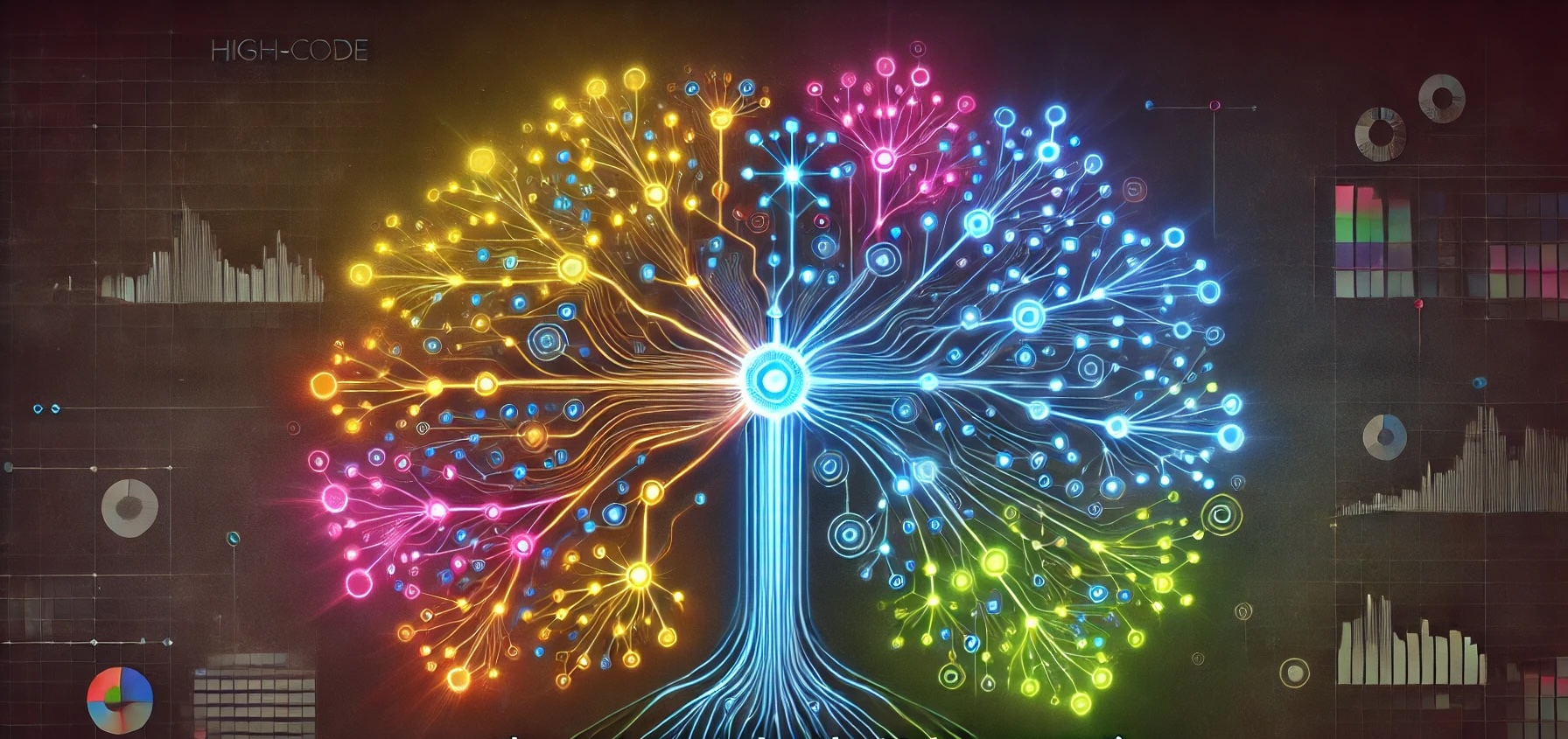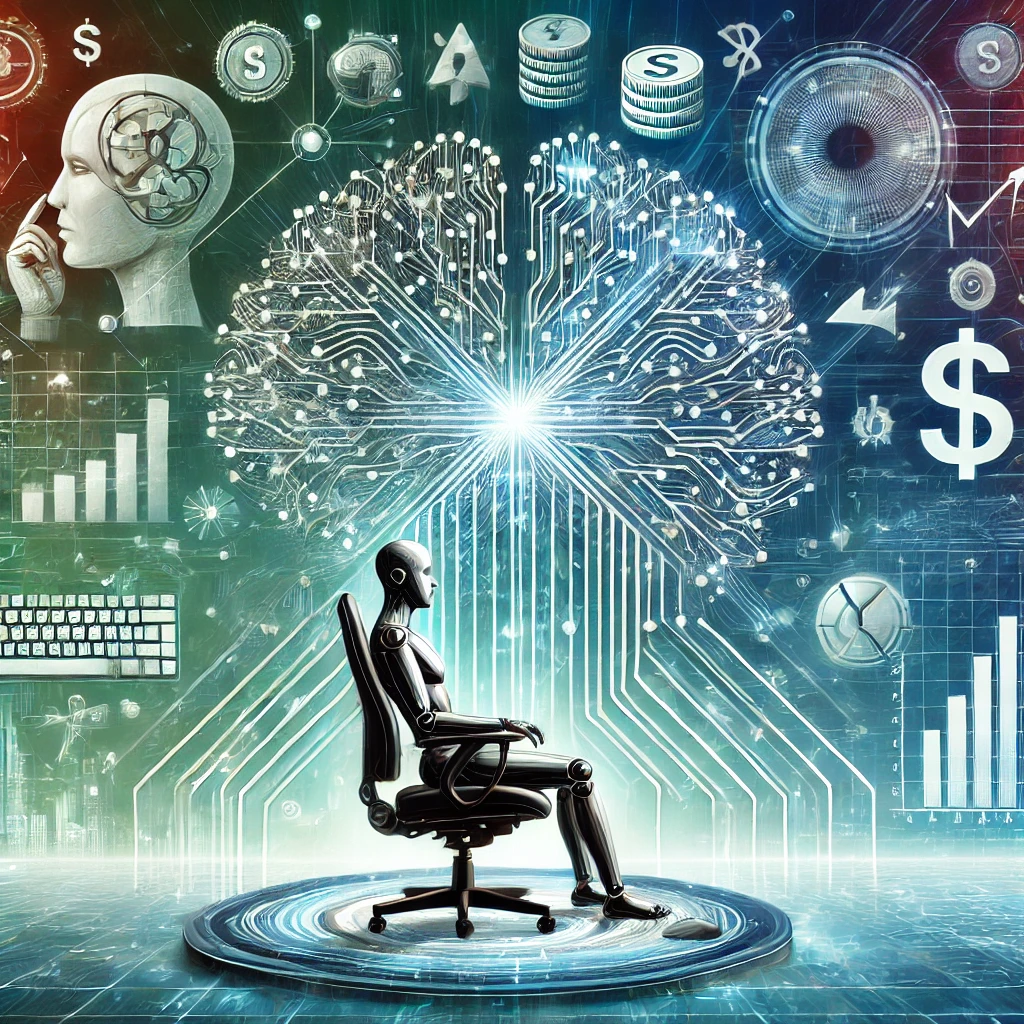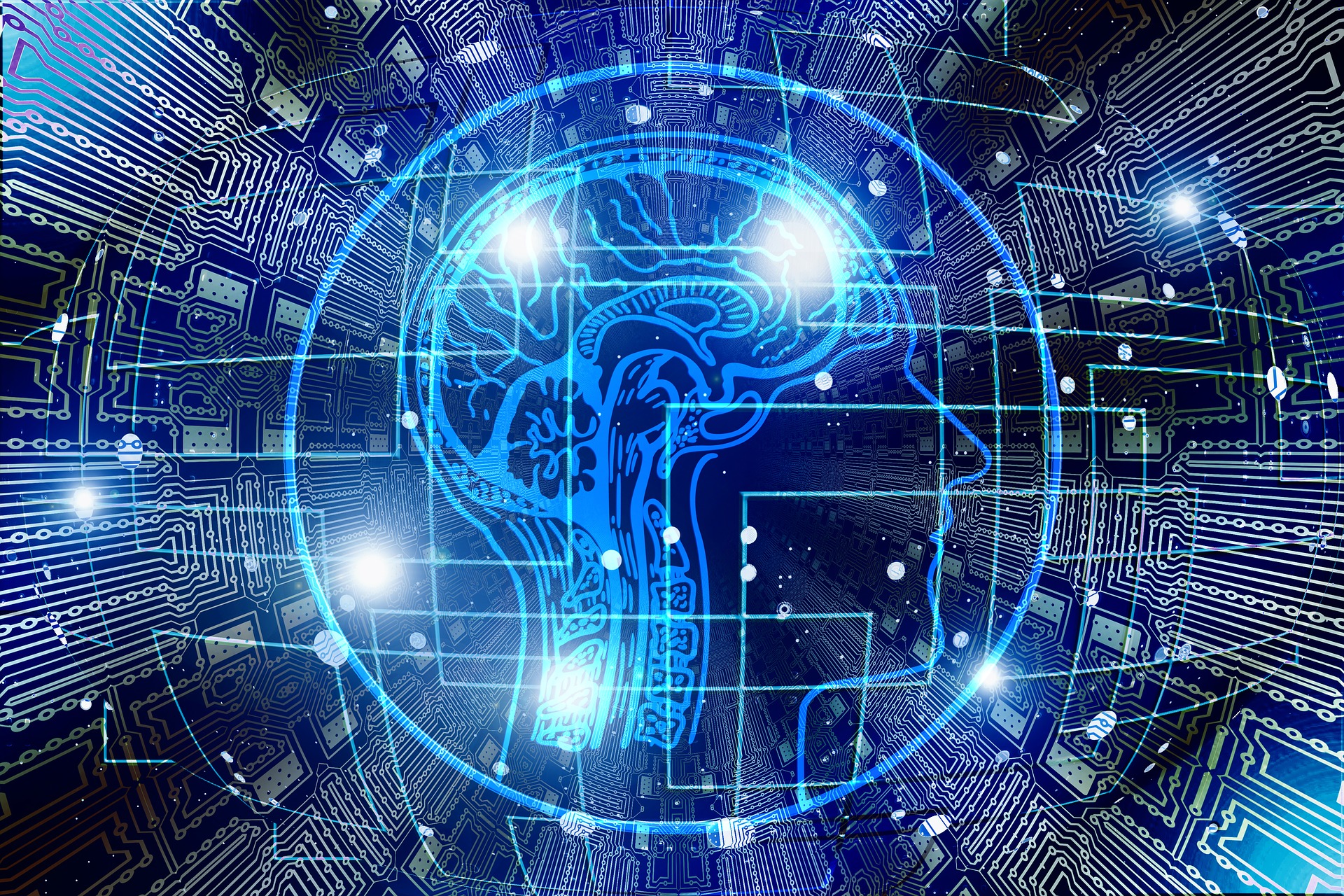
As the capabilities of Artificial Intelligence (AI) continue to evolve, the term “chatbot” has become synonymous with a new era of digital interactions. What was once a seemingly futuristic concept is now an integral part of our everyday lives. However, it is the Machine Learning models underlying them - Large Language Models (LLMs) - that are the true powers in these waters.
Chatbots are just the tip of the iceberg
Chatbots, like ChatGPT, are incredibly useful tools that have revolutionised our digital interactions. Their ability to understand and process natural language allows them to seamlessly engage in conversations with humans, providing an unprecedented level of customer service and user experience. But as impressive as chatbots may be, they represent only a fraction of what LLMs are truly capable of achieving.
The impressive performance of chatbots is just the tip of the iceberg when it comes to the capabilities of LLMs. These models possess the power to go far beyond basic conversational interactions and can be utilised in various fields such as content generation, summarization, and translation. The true potential of LLMs, however, lies in their ability to bridge the gap between the complex world of human expression and the precise world of databases.
A context-aware translation layer
The true power of LLMs lies in their ability to create a context-aware translation layer between the rich but messy world of human expression and the precise world of databases. This translation layer can interpret and process unstructured data, allowing for more accurate and efficient retrieval of information. In just a few short weeks, there has been a Cambrian explosion of frameworks and libraries to allow LLMs to connect to data sources both public and private, using their ability to synthesise data to combine disparate sources into coherent insights. By understanding the nuances of human language, LLMs can transform vast amounts of complex and disorganised data into valuable applications.
A new wave of business innovation
The remarkable capabilities of LLMs have already given rise to a new generation of companies built around the idea of using these models to turn locked-away data into valuable applications. These businesses leverage the power of LLMs to transform unstructured data into actionable insights, opening up new avenues for innovation and growth. As more companies begin to recognise the potential of LLMs, we can expect to see a surge in novel applications that will shape the future of numerous industries.
Chatbots have provided us with a glimpse into the extraordinary capabilities of LLMs. Yet, we must be cognizant of the fact that chatbots represent merely the initial foray into the expansive potential of these models. As the business landscape starts to recognise and embrace the full extent of LLMs’ capabilities, we are poised to witness a burgeoning wave of innovative applications that will reshape the way we engage with technology and unleash the true potential of AI. In this transformative era, those who are capable of appreciating and harnessing the vast possibilities offered by LLMs stand to reap unparalleled rewards, both intellectually and commercially.
Titanic shifts
Intriguingly, the metaphor of the “iceberg” proves to be particularly fitting in more ways than one. It was, after all, an iceberg that brought about the untimely demise of the “unsinkable” Titanic, demonstrating that even the most seemingly invulnerable entities can succumb to unforeseen forces. Similarly, the transformative capabilities of LLMs may well prove to be the proverbial iceberg for today’s seemingly indomitable tech giants. As these titans navigate the ever-shifting seas of technological innovation, it is worth considering that the true potential of LLMs, still largely hidden beneath the surface, may usher in a new era of digital disruption, redefining the competitive landscape and challenging the supremacy of even the most established players. In this tempestuous ocean of technological advancements, adaptability and foresight will be the compass guiding organizations to success, lest they, too, find themselves adrift amidst the unforgiving currents of change.




